Table of content
Spinach (Spinacia oleracea), a leafy green vegetable revered for its nutritional richness and culinary versatility, boasts a fascinating array of types and varieties. Cultivated across continents, this hardy plant adapts to diverse climates and culinary traditions, offering textures, flavors, and growth habits to suit every need. From the crinkled leaves of savoy spinach to the tender smoothness of baby spinach, this article delves into the classification, characteristics, and uses of the most common spinach varieties, shedding light on their roles in agriculture, cuisine, and health.
Taxonomic Classification and Botanical Overview
Before exploring specific varieties, it is essential to understand spinach’s botanical taxonomy. A member of the Amaranthaceae family, spinach is a cool-season annual or biennial plant native to Central and Western Asia. Its leaves, which range from deeply ridged to flat, emerge from a central rosette, with some varieties producing seeds after bolting (flowering) in warm temperatures. Modern cultivation has led to the development of hundreds of cultivars, each bred for distinct traits such as leaf texture, disease resistance, and growth rate.
Types of Spinach: A Categorical Breakdown
Spinach varieties are broadly classified into three types based on leaf morphology: savoy, semi-savoy, and flat-leaf (smooth-leaf). Each type offers unique advantages for growers and chefs alike.
Savoy Spinach: The Crinkled Classic
Savoy spinach (Spinacia oleracea var. crispa) is characterized by its dark green, heavily textured leaves with deep, ruffled edges. This type thrives in cold climates and is prized for its resilience to frost, making it a winter staple in temperate regions. The leaves’ rugged surface retains soil particles, necessitating thorough washing but contributing to a robust, earthy flavor.
Key Varieties:
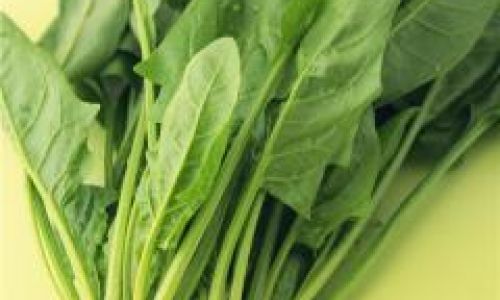
- Bloomsdale: A heirloom variety dating to the 1920s, Bloomsdale is renowned for its crinkled leaves and rich, slightly bitter taste. It matures in 40–45 days and is ideal for sautés and cooked dishes.
- Winter Bloomsdale: A cold-hardy selection with thick leaves, this variety withstands freezing temperatures and is often planted in late fall for early spring harvests.
- Regiment: A hybrid savoy with uniform growth and disease resistance, Regiment is favored by commercial growers for its high yield and adaptability.
- Soldier: A compact variety with upright growth, Soldier resists bolting and is suitable for small gardens or container farming.
Culinary Uses: Savoy spinach’s sturdy leaves hold up well in cooked preparations like soups, stews, and lasagnas. Its bold flavor complements hearty ingredients such as beans, lentils, and smoked meats.
Semi-Savoy Spinach: The Best of Both Worlds
Semi-savoy spinach (Spinacia oleracea var. semi-crispa) strikes a balance between the texture of savoy and the smoothness of flat-leaf varieties. Its leaves are less crinkled than savoy types, with a slightly wavy surface that is easier to clean. This hybrid type is valued for its disease resistance and moderate growth rate, making it a favorite among home gardeners and small-scale farmers.
Key Varieties:
- Tyee: A popular semi-savoy hybrid, Tyee exhibits dark green, blistered leaves and resistance to downy mildew. It matures in 37–45 days and is versatile in salads and cooked meals.
- Seaside: Developed for coastal regions with mild climates, Seaside has a upright habit and slow-bolting traits, making it ideal for spring and fall planting.
- Indian Summer: A bolt-resistant variety with tender leaves, Indian Summer is often used in baby spinach mixes due to its mild sweetness.
- Catalina: Known for its uniformity and high yield, Catalina is a commercial staple for processed spinach products.
Culinary Uses: Semi-savoy spinach’s adaptability shines in both raw and cooked applications. Its mild flavor makes it a salad favorite, while its texture holds up in stir-fries and quiches.
Flat-Leaf (Smooth-Leaf) Spinach: The Tender Delicacy
Flat-leaf spinach (Spinacia oleracea var. plana) features smooth, spade-shaped leaves with a delicate texture and sweet taste. This type is the most heat-tolerant and is often harvested as baby spinach for salads and garnishes. Its ease of cleaning and quick cooking time have made it a commercial favorite for processed foods like frozen spinach and canned soups.
Key Varieties:
- Space: A hybrid variety bred for NASA’s space program, Space spinach grows rapidly and has a high nutritional content, withstanding low-light conditions.
- Red Carnival: A striking variety with red-veined leaves, Red Carnival adds color to salads and is rich in antioxidants like betacyanin.
- Olympia: A slow-bolting flat-leaf cultivar, Olympia is widely used in baby spinach blends due to its tender leaves and mild flavor.
- Melody: A disease-resistant hybrid with glossy leaves, Melody is favored for its uniform growth and extended harvest window.
Culinary Uses: Flat-leaf spinach’s tender leaves are perfect for raw salads, sandwiches, and smoothies. When cooked, it wilts quickly, making it ideal for sauces, omelets, and garnishes.
Hybrid vs. Heirloom Varieties: A Comparative Analysis
Modern spinach breeding has yielded numerous hybrid varieties, which combine traits from different parent plants to enhance yield, disease resistance, and adaptability. Hybrids like Tyee and Regiment dominate commercial markets, while heirloom varieties like Bloomsdale and Viroflay retain popularity among heirloom enthusiasts for their historical significance and unique flavors.
Heirloom Spinach:
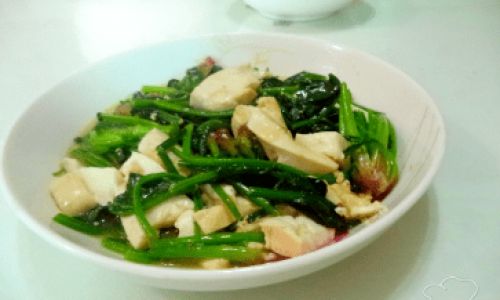
- Viroflay: A French heirloom with enormous, tender leaves, Viroflay is prized for its rapid growth and juicy texture.
- Monstrueux de Viroflay: As its name suggests, this giant variety produces leaves up to 12 inches long, making it a novelty in gardens.
Hybrid Spinach:
- Corvair: A bolt-resistant hybrid with glossy leaves, Corvair thrives in warm climates and is resistant to mildew.
- Avon: A high-yielding variety with dark green leaves, Avon is often used in baby spinach production.
Nutritional Profile and Health Benefits
Regardless of type, spinach is a nutritional powerhouse. Rich in vitamins A, C, K, and folate, it also provides iron, calcium, and antioxidants like lutein and zeaxanthin. The nutritional content varies slightly between varieties, with darker-leaved types often containing higher concentrations of certain vitamins.
Health Benefits:
- Bone Health: Vitamin K and calcium support bone density.
- Blood Pressure Regulation: Potassium and nitrates in spinach promote cardiovascular health.
- Antioxidant Activity: Compounds like quercetin and kaempferol reduce inflammation and oxidative stress.
Culinary Applications Around the Globe
Spinach’s versatility transcends cultural boundaries, featuring prominently in dishes from India to Italy.
- Indian Cuisine: Palak paneer, a creamy spinach curry with paneer cheese, showcases savoy spinach’s robust flavor.
- Mediterranean Dishes: Greek spanakopita (spinach pie) and Italian stracciatella soup highlight semi-savoy varieties.
- Salads and Smoothies: Flat-leaf spinach’s tender leaves are staples in California-style salads and green detox smoothies.
Agricultural Practices and Growing Tips
Spinach thrives in well-drained soil with a pH of 6.0–7.0 and temperatures between 35°F and 75°F (2°C–24°C). Growers often plant it in early spring or late summer to avoid bolting.
Key Considerations:
- Seed Spacing: Sow seeds ½ inch deep and 2–4 inches apart.
- Watering: Maintain consistent moisture to prevent bitterness.
- Pest Control: Protect against aphids and leaf miners with row covers or neem oil.
Conclusion: The Enduring Appeal of Spinach
From the rugged leaves of savoy spinach to the tender flat-leaf varieties, this humble green vegetable offers a tapestry of flavors, textures, and uses. Whether grown in backyard gardens or harvested on industrial scales, spinach remains a testament to human ingenuity in breeding and culinary innovation. As demand for nutrient-dense foods grows, the diversity of spinach varieties ensures its place as a global culinary icon.
This comprehensive exploration of spinach types and varieties underscores the plant’s adaptability and cultural significance. By understanding the nuances of each cultivar, growers and chefs alike can harness the full potential of this remarkable leafy green.
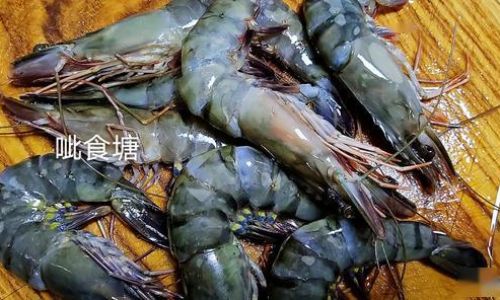

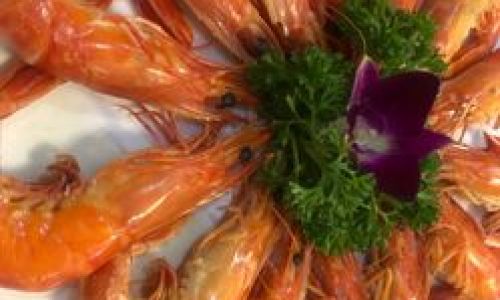
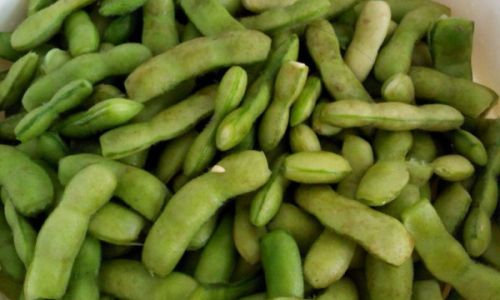
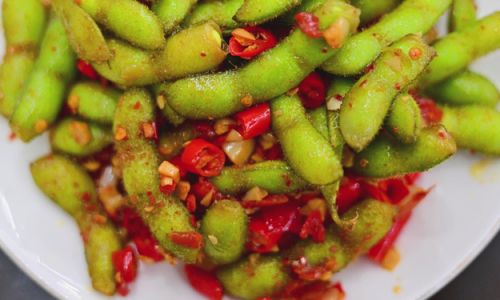
0 comments